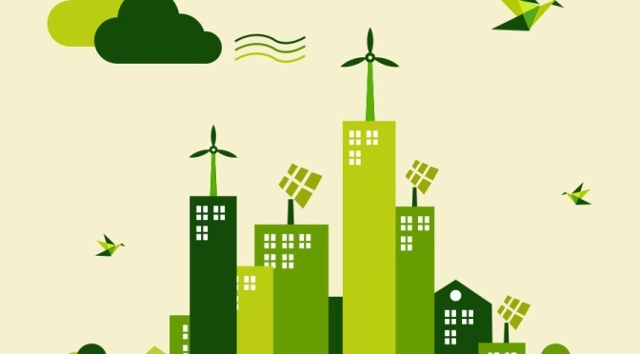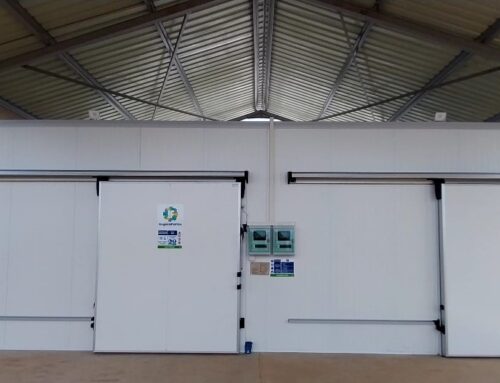What Energy-Efficiency means in cold storage?
As energy demand is increasing worldwide, the energy market is heating up, and energy prices are on the rise, the concept of energy efficiency is gaining significant importance. Energy efficiency harnesses technology to help reduce or avoid energy waste so that recurrent services or activities continue but using less energy. It means a smarter way of using energy.
Why is it important to use less energy?
Using less energy through efficiency measures is good for the environment, the economy, and for your wallet. By reducing the amount of energy required for certain tasks, it can help to reduce air and water pollution caused by certain types of energy generation, such as from fossil fuels.
The most tangible way to see the results of energy efficiency is by facilitating a drastic reduction in the amount of energy used, which thus translates into reduced energy bills. Energy efficiency measures often cost money up-front, but in many cases, this capital outlay will be recuperated in the form of reduced energy costs within a short time period.
In food production, energy efficiency is particularly important as commodity prices, including food, tend to be linked to global energy prices. As world energy prices fluctuate and show upward trends, so do food prices, which in turn lead to a sharp increase in food insecurity. This could be avoided through the use of technology that consumes less energy and would create a food sector that is less dependent on fossil fuels, whose prices fluctuate the most.
Energy efficiency in refrigeration appliances
In a typical refrigerated warehouse, 15% of the total electricity consumption is used for running pumps, motors, fans, conveyors and lighting systems, 5% is for sanitation and cleaning, and the remaining 80% is used for cooling, freezing and refrigeration. For this reason, many cost-effective energy savings opportunities exist for refrigeration systems, particularly for large systems such as cold rooms.
What are the key features that make a cold room more energy efficient?
| Component | How | Energy Savings |
| High–efficiency compressor | New generation compressors use less energy to supply a given pressure. | 4-10% |
| Electronically commutated evaporator-fan motors | They offer an operational efficiency of 50% to 60% These motors also run cooler and typically have a longer operating life. | 5-19% |
| Electronically commutated condenser-fan motors | They use a built-in inverter and a magnet rotor, and as a result, are able to achieve greater efficiency in air-flow systems than conventional AC motors. | 3-8% |
| Variable speed drive (VSD) fitted to the compressor | This type of compressor uses a special drive to control the speed (RPM) of the unit, which in turn saves energy compared to a fixed speed equivalent. | 9-19% |
| Structure insulation (+25 mm) | Rigid polyurethane foam allows thermal-insulation for higher retention of desired temperatures. | 6% |
| Sealing | High density/ automated doors and plastic strip curtains are a cheap and efficient method to keep the cool air inside when shifting produce to and from the cool room. | 1-6% |
| High-efficiency lighting | LED solutions consume much less energy and have a longer duration than traditional incandescent bulbs. | <19% |
| Energy management system and/or controls |
This controls how much energy components use, which makes it an important link in the system. Ensuring temperature settings leads to significant savings over time. | <60% |
| Refrigerants | Shifting to lower-GWP (Global Warming Potential) refrigerants could lead to significant savings over the life of the equipment. Some examples of low (GWF) are R134A and R407F. | Savings calculated on carbon price per tonne |
There are a number of additional measures that can increase the energy efficiency of cold rooms.
- Regular maintenance will ensure that a unit runs more efficiently, is more reliable and will have a longer service life. Regular maintenance can save about 5% of the energy costs and can ensure a longer service life of the equipment, reduce ongoing service costs, and lower the risks of breakdowns.
- Shade: Make sure your cold room has additional shade provided by structures or vegetation. Cool rooms are best placed in the southern end of the shed, and shed doors and openings should preferably face south.
- Management: Greatest efficiency is attained when the cool room is full but not overloaded. Ensure that doors are kept shut.



